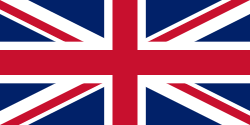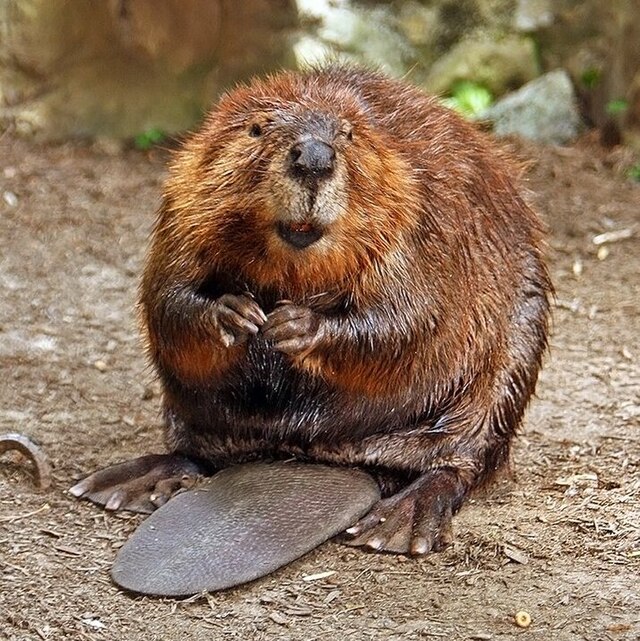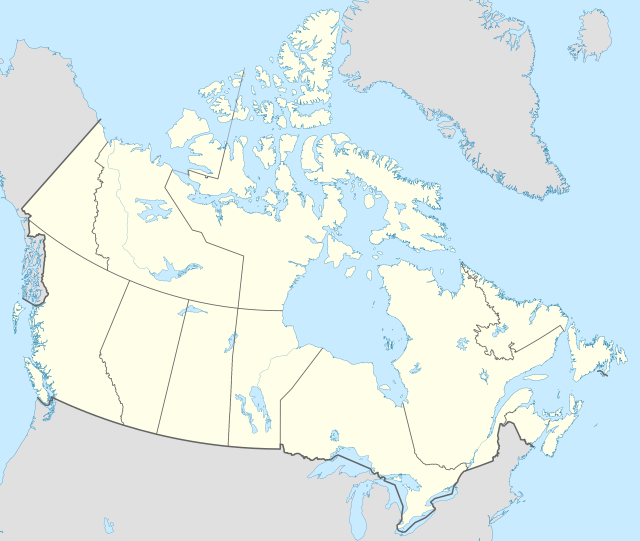Top Qs
Timeline
Chat
Perspective
National symbols of Canada
From Wikipedia, the free encyclopedia
Remove ads
Over the course of centuries, a multitude of national symbols and material items have arisen as uniquely Canadian or possessing uniquely Canadian characteristics. These symbols and items represent the culture of Canada—protectionism of that culture, identity, values, nationalism, and the heritage of its inhabitants.[1]

Themes and symbols of nature, pioneers, trappers, and traders played an important part in the early development of Canadian symbolism.[2] Modern symbols emphasize the country's geography, cold climate, lifestyles, and the Canadianization of traditional European and indigenous symbols.[3] Canada's national symbols include the maple leaf, the beaver, the coat of arms, and the national flag. The country also has official government symbols like the Canada wordmark and corporate signatures, used in the Federal Identity Program. Additionally, the Great Seal of Canada is used on state documents.
Remove ads
Predominant symbols
Summarize
Perspective

Canada's most well known symbol is the maple leaf, which was first used by French colonists in the 1700s.[5] Since the 1850s, under British rule, the maple leaf has been used on military uniforms and, subsequently, engraved on the headstones of individuals who have served in the Canadian Armed Forces.[6] The maple leaf is prominently depicted on the country's current and previous flags and on the country's coat of arms. The maple leaf has also been seen on the penny before circulation of that coin was stopped in 2013. Canada's official tartan, known as the "Maple leaf tartan", consists of four colours reflecting those of the maple leaf as it changes through the seasons—green in the spring, gold in the early autumn, red at the first frost, and brown after falling.[7]
Other prominent symbols include the national motto, "A mari usque ad mare" ("From Sea to Sea"),[8] the sports of ice hockey and lacrosse, the beaver, Canada goose, common loon, Canadian horse, the Royal Canadian Mounted Police, the Canadian Rockies,[9] and, more recently, the totem pole and Inuksuk.[10] Canadian cuisine items such as Canadian beer, maple syrup, nanaimo bars, butter tarts, and the Quebec dishes of poutine and tourtière, alongside material items such as tuques, canoes and Hudson's Bay point blanket being defined as uniquely Canadian.[11] Canadian coins feature many of these symbols: the loon on the $1 coin, the Arms of Canada on the 50¢ piece, and the beaver on the nickel.[12] An image of the monarch appears on $20 bank notes and the obverse of coins.[12]
Remove ads
Surveys
Summarize
Perspective
Statistics Canada

The 2013 General Social Survey by Statistics Canada asked Canadians about the importance of specific national symbols to the Canadian identity. Among the five symbols measured, the Charter of Rights and Freedoms and the national flag ranked the highest, with more than nine in ten Canadians stating that these symbols were either very or somewhat important to the national identity. Next highest were the national anthem at 88% and the Royal Canadian Mounted Police at 87%. Ranking the lowest, but still garnering majority support, was hockey, with 77% of Canadians believing that it was an important national symbol.[13][14]
For most national symbols, more than half of Canadians aged 15 years and older believed they were very important to the national identity, particularly in reference to the Charter (70%) and the flag (69%). However, less than half (46%) considered hockey - Canada’s official winter sport, as a very important symbol, with about one in five (22%) believing that it was not very important or not at all important. This contrasts feelings about the Charter and flag, where less than one in ten carried the same beliefs (4% and 9%, respectively).[15]
When asked if there were any other symbols of national importance, Canadians offered a range of responses. Among the most commonly cited were the beaver as the national animal (16%), the maple leaf (14%) and the values and qualities of Canadian people (11%).[15]
Ipsos-Reid
"Canadians identify wilderness (83%), the flag (81%), the national anthem (74%), and hockey (73%) as the symbols that best reflect what Canada truly is", according to a 2012 Ipsos Reid poll.[16] The 2008 Ipsos-Reid poll indicated that the maple leaf was the primary item that defines Canada, followed by ice hockey, the national flag, the beaver, the Canadarm, Canada Day, and Canadian Forces peacekeeping.[17]
Remove ads
Official and de facto symbols
Summarize
Perspective
The following is a list of official and de facto symbols, as recognized by the government of Canada.[18] They are not shown in any order of precedence.
Remove ads
See also
- Canadian patriotic music
- Canadian values
- Events of National Historic Significance
- Great Canadian flag debate
- List of Canadian awards
- List of Canadian flags
- National Historic Sites of Canada
- Orders, decorations, and medals of Canada
- Orders, decorations, and medals of the Canadian provinces
- Persons of National Historic Significance
- Regional tartans of Canada
Remove ads
References
Further reading
External links
Wikiwand - on
Seamless Wikipedia browsing. On steroids.
Remove ads





















